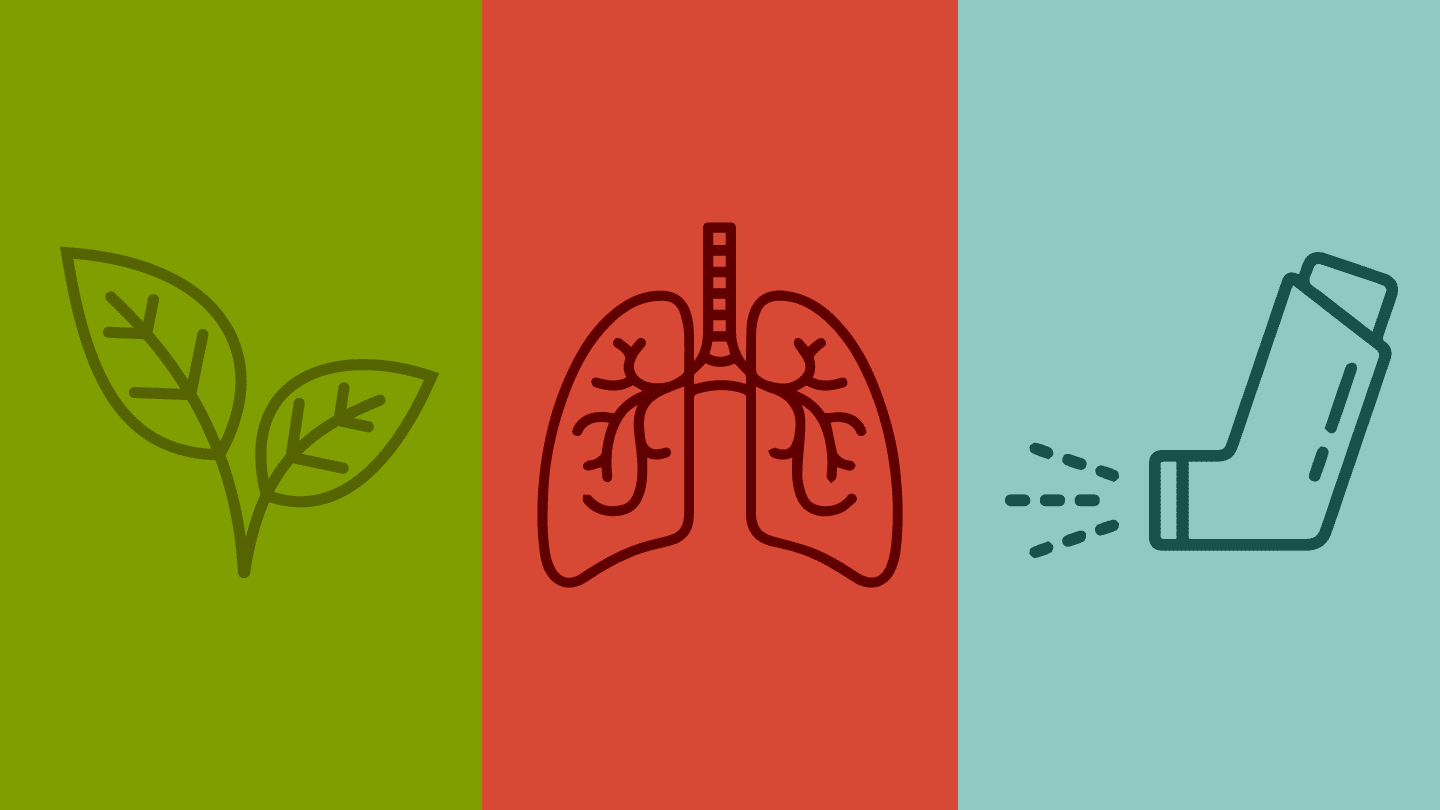
Addressing global climate change is pushing industries to re-evaluate their environmental footprint. The pharmaceutical sector is no different, with drug developers seeking to minimize the impact of their drug products on global warming. Metered dose inhalers (MDIs) have been a particular focus in recent years. While millions of patients depend on these devices, the traditional propellants have a global warming potential (GWP) far greater than carbon dioxide.
Global legislation is increasingly requiring companies to phase out standard propellants in favor of lower-GWP next-generation propellants (NGPs). For example, the 2016 Kigali Amendment to the Montreal Protocol mandates a 70 percent reduction in high-GWP hydrofluorocarbons (HFCs) by 2030. In line with its obligations as a signatory to this amendment, the EU has introduced F-Gas regulation with a target of an ambitious 95 percent HFC reduction by 2034. Comparable regulations are emerging in the US and the United Kingdom. This evolving regulatory landscape indicates that current MDI exemptions will likely be phased out, compelling pharmaceutical manufacturers to respond promptly.
Transitioning to alternative gases is also an economic imperative. Due to the introduction of the legislation discussed above, the supply of existing HFCs for MDIs is becoming constrained as their reduced usage makes their production less profitable, leading to significantly increased costs for MDI manufacturers. Furthermore, a mass transition of patients from MDIs to alternative devices, such as dry powder inhalers (DPIs) or soft mist inhalers (SMIs), could incur substantial additional expenses for healthcare systems, patients, and insurers. As just one example in the UK, studies suggest such a switch could cost the National Health Service an extra ~£12.7 million each year (~$17.2 million).
Leading pharmaceutical companies such as GSK, AstraZeneca, and Chiesi have already announced plans to launch NGP MDIs by 2025/2026, but the change must be managed carefully for the sake of patients. An unmanaged, widespread transition away from pressurized MDIs could inadvertently compromise patient adherence, and lead to an increase in disease exacerbations and hospitalizations. MDIs remain vital for numerous patients, particularly for fast-acting relief medications.
The challenges of next gen alternatives
While the consensus on greener propellants is clear, the transition presents significant complexities. Firstly, this transition demands substantial financial investment. Decarbonizing MDI platforms requires considerable capital for new research, establishing novel manufacturing facilities, and acquiring specialized equipment for handling NGPs.
Secondly, navigating the regulatory environment is complex and dynamic. Drug developers must rigorously demonstrate that new MDI products – and new formulation ingredients such as propellants – maintain equivalent efficacy and safety profiles compared to existing ones. This necessitates testing, performance validation, and knowledge into evolving regulations. Beyond technical specifics, patient-centric device design is also crucial. This involves developing inhalers that are easy to use, minimize side effects, provide rapid action, and deliver medication effectively to the lungs. Remaining current with evolving regulations is also vital to safeguard product approvals, and access to manufacturing facilities equipped for NGPs like HFA-152a and HFO-1234ze is necessary for efficient production of greener MDIs.
Thirdly, significant technical challenges arise in formulation development. Creating effective, stable, and patient-friendly MDI formulations with novel propellants can prove difficult. Key considerations include drug solubility within the new propellant, compatibility with inhaler components, and ensuring consistent patient usage. Achieving optimal aerosol performance for effective lung delivery demands specialized expertise.
Fourth, ensuring supply chain readiness is crucial. Establishing a reliable and scalable supply of NGPs and their associated components is vital. This requires close collaboration across a network of partners, from chemical companies to parts suppliers, to ensure operational continuity.
To successfully transition to NGP MDIs, companies need a comprehensive, well-planned strategy. This involves a complete understanding of aerosol dynamics, including how new propellants interact with drug formulations and how inhaler components release medication. It also means optimizing all elements simultaneously – the drug’s formula, device parts, and manufacturing process – to ensure efficient scale-up.
In the coming years, innovative solutions will emerge, allowing patients to continue utilizing these essential devices while significantly reducing their environmental footprint.
This shift transcends mere regulatory compliance or cost savings; it is about establishing a pathway where essential medical treatments actively contribute to planetary health. As drug developers and manufacturers invest in new scientific advancements, the future of MDIs will depend on their ability to seamlessly integrate environmental responsibility with therapeutic excellence. The outlook is promising for MDIs that are truly future-proofed and sustainable, not just supporting patient health, but contributing to a cleaner, greener environment with every breath patients take.
